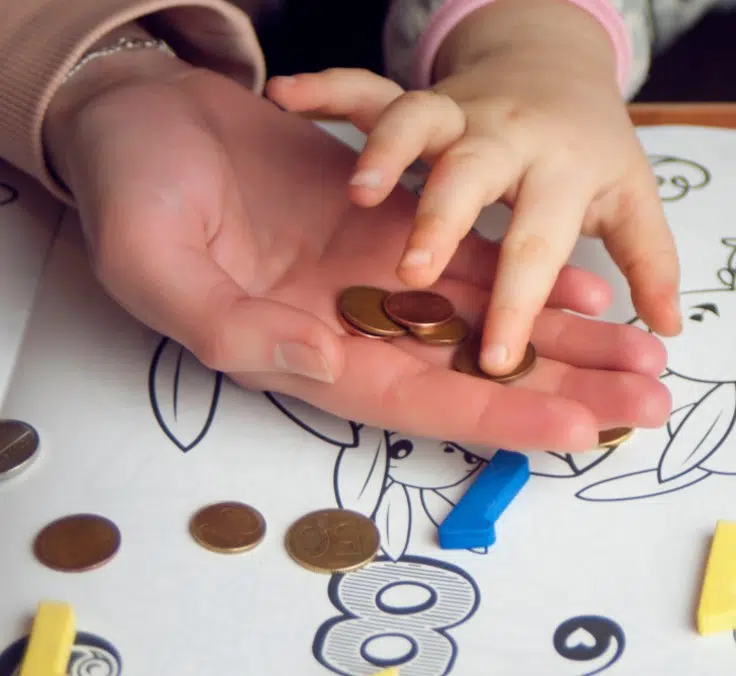ECONOMY | 07.09.2023
How to teach the little ones about financial education, without leaving the comfort of home
Education is, without a doubt, one of the most important parts of being a parent. Both at home and at school, we focus on helping children understand the importance of human relationships, language, and health, the subjects they need in order to develop correctly. But what about the value of money?
According to data from the PISA report, created by the OECD (Organization for Economic Co-operation and Development), one in four teenagers are financially illiterate. The report concludes that improvements in this area must be made for young people. Knowing how to manage your money is a key part of adult life, and that’s why we need to understand how important it is to provide proper financial education from a young age, taking advantage of children’s keen learning abilities.
How can we provide good financial education at home?
- Talk about money
It’s really important to show children what money is and what we use it for from a very young age. We need to give them guidelines so that they understand that money is part of our everyday life, that we earn it by working, that we don’t have an infinite supply of it, and that we use it to pay for important things. We often tend to avoid talking to them about money, and though there are some aspects we don’t need to share with them, it’s always better to talk about it in a natural way so that they’ll feel comfortable talking about this topic in the future, without considering it a taboo.
- Encourage the habit of saving
How to save is one of the easiest aspects to teach to children, and you can do it without them even realizing it. The most obvious example is by giving them a piggy bank, which helps them set a savings objective to buy something they really want. This way they’ll feel motivated to have their own savings and manage their money, and they’ll understand the effort and responsibility that’s needed to get what they want. You can also set an example by managing your own finances and explaining to them that by working and saving, you were able to save the money you needed to do something in particular.
- Give them an allowance
Giving children an allowance is one of the most effective ways to have them put that saving habit into practice and learn how to manage the money they get. Giving them a fixed weekly or monthly allowance will help them comprehend the finite nature of money and that they should spend it on important things, as they won’t be able to buy everything they want. The amount of allowance they get should be based on their age, increasing proportionally as they grow older. You can also associate a set of chores with the allowance, so that they’ll not only internalize a culture of saving, but also one of hard work and effort.
- Teach them to shop smart
Children also need to be taught to be responsible consumers, as they have to be able to tell the difference between what they really need and a splurge, and to honor the decisions they make. It’s important for them to understand concepts such as a price, what’s expensive and what’s cheap, and discounts and offers. Any old visit to the grocery store can be made into a fun and interesting lesson on household finances while filling your cart.
- Get them involved in household finances
Let them take part in some of your everyday tasks. If you have to go to the bank to make a deposit or get a new credit card, let them participate. It’s important for children to get to know concepts related to the world of banking from a young age, so that they’ll understand what types of processes go into having healthy finances.
- Help them learn about financial education with apps and books
When it comes to finances, there are also educational resources available on the market such as books, games, and even different apps that children can use to learn about financial education in a fun and dynamic way, like Life Hub, Saving Spree, Banqer, etc., to give some examples. These apps tend to be or include quick and entertaining games that, aside from teaching them, can also be a way for them to have a great time.
Each child is a certain age and has their own unique traits, so adapt this advice to their skills and interests, and remember to make it a coherent and consistent part of your everyday life. At the end of the day, what’s most important is for it to be just another lesson for them, and that they incorporate it into their way of seeing and understanding the world.
At MAPFRE, we are committed to promoting financial education, as a necessary tool for making financially responsible decisions, while also being a key instrument for spreading knowledge on these topics.
RELATED ARTICLES:




